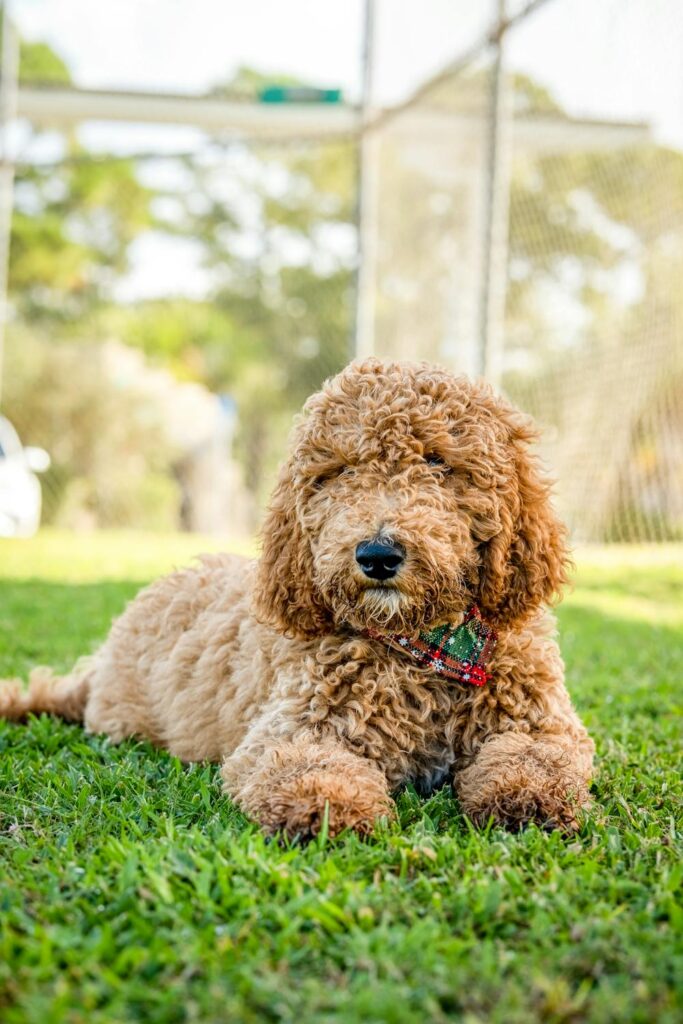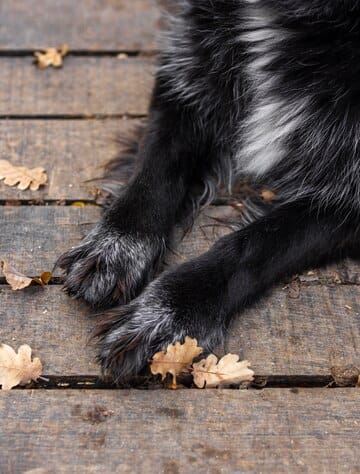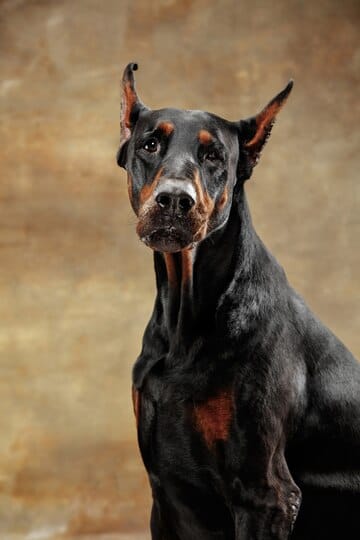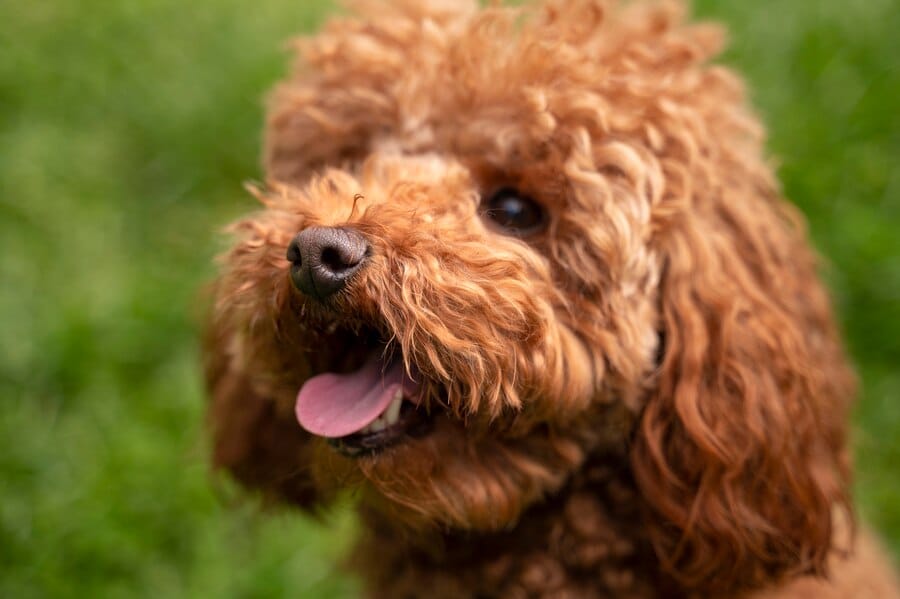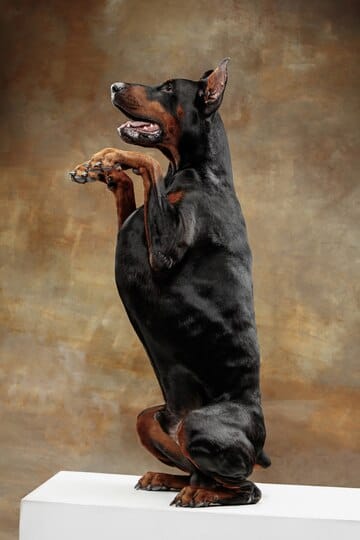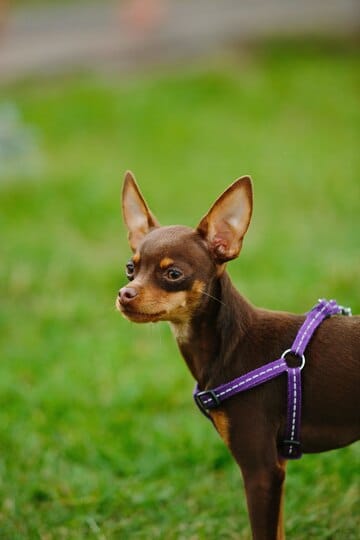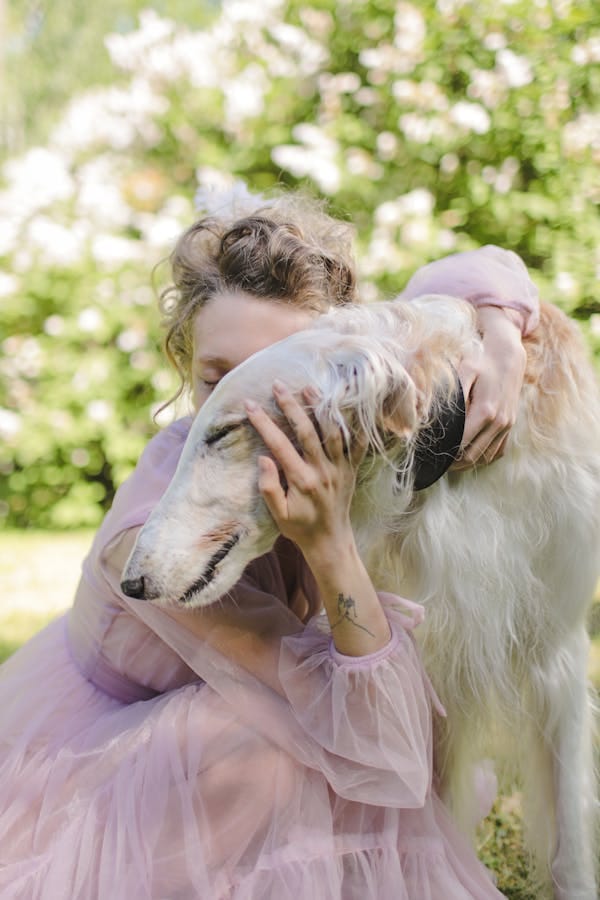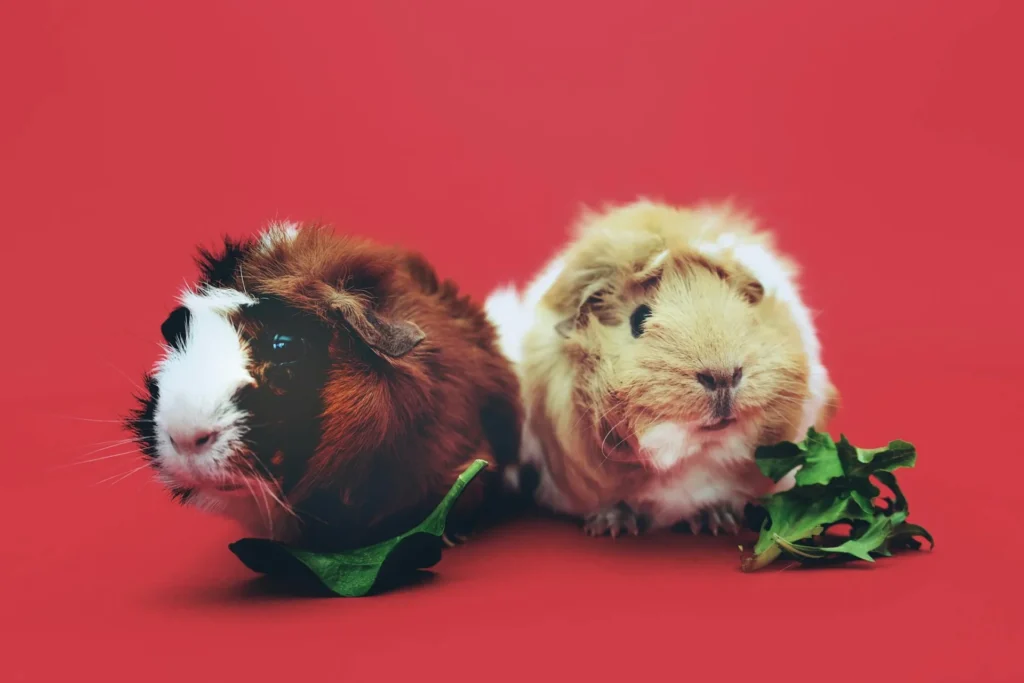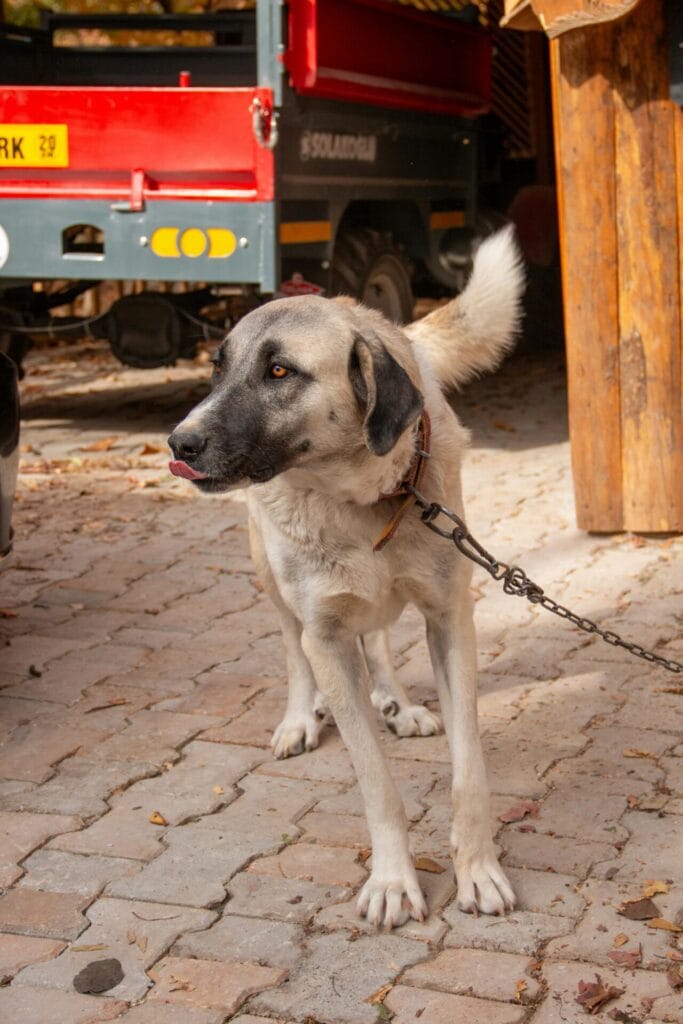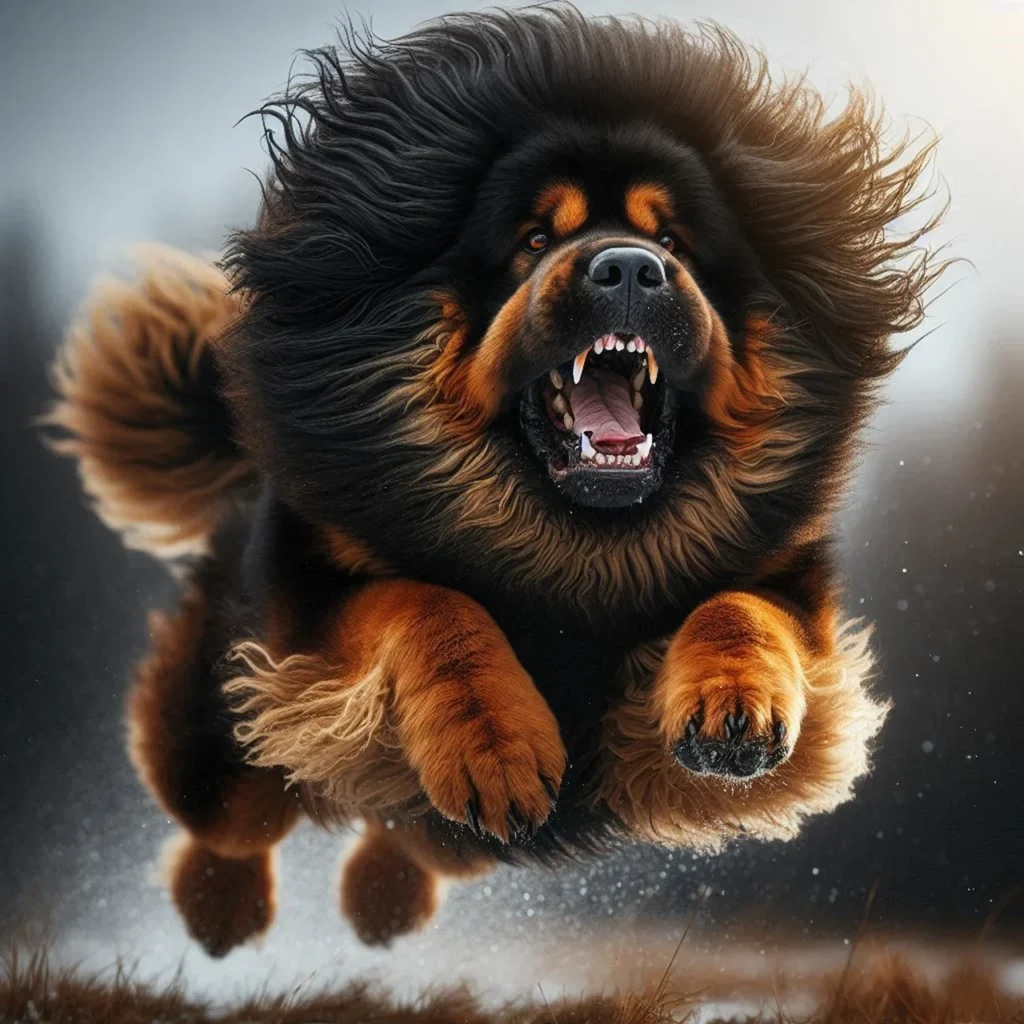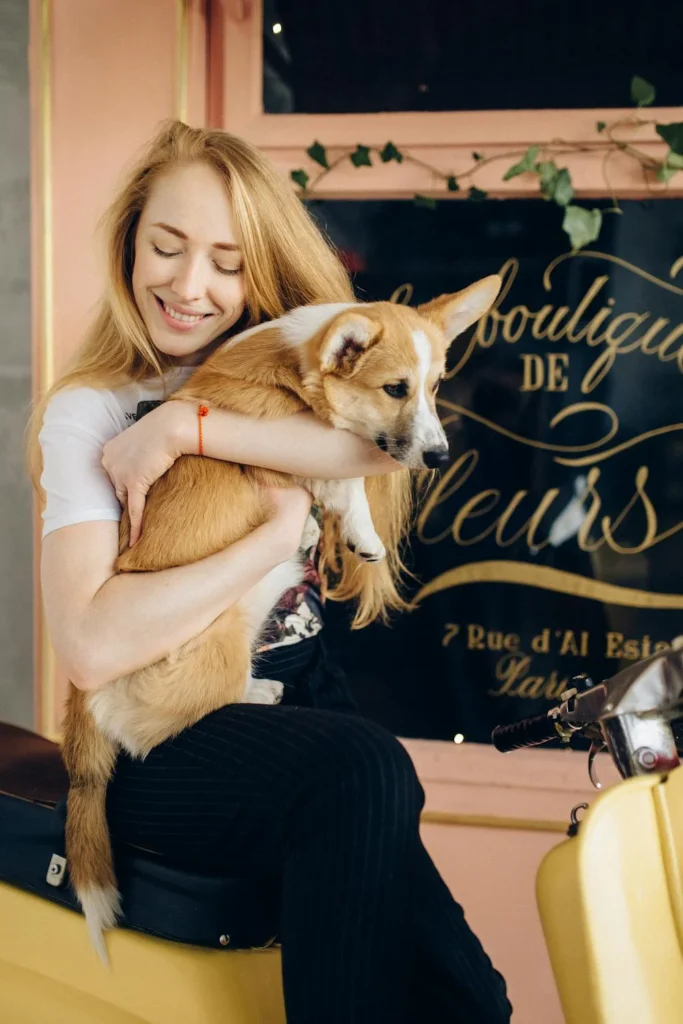Imagine strolling down the street, and suddenly, your gaze is captivated by a poodle with a vibrant, eye-catching pink coat. Your heart skips a beat as you wonder, “Is that real?” The concept of a naturally occurring pink poodle seems too good to be true, a fantasy straight out of a children’s storybook.
However, as with many aspects of the natural world, the truth is often more complex and fascinating than we can imagine. In the realm of poodle coat colors, a naturally pink hue is shrouded in mystery and rarity, making it a topic of great intrigue for dog enthusiasts and curious minds alike.

Join us on a journey through the captivating world of poodle genetics and coat colors as we unravel the secrets behind the elusive pink poodle. Prepare to be amazed by the intricate interplay of pigments, dilution genes, and genetic mutations that shape the diverse palette of colors found in these intelligent and elegant canine companions.
The Fascinating World of Poodle Colors
Have you ever stumbled upon a vibrant pink poodle and wondered if it’s real? While poodles come in various colors, from classic black and white to apricot and silver, a naturally occurring pink poodle is extremely rare. In this comprehensive guide, we’ll dive into the intriguing world of poodle colors, exploring the possibilities and unveiling the truth behind the elusive pink poodle.
Understanding Poodle Coat Colors
Poodles are known for their hypoallergenic, curly coats that come in a wide range of colors. These colors are determined by the presence and distribution of pigments called melanins. Two main types of melanins contribute to a poodle’s coat color:
- Eumelanin: Responsible for black and brown hues.
- Phaeomelanin: Produces red and yellow tones.
The combination and concentration of these pigments result in the diverse array of colors we see in poodles, including solid colors, parti-colors (two distinct colors), and even rare shades like apricot and silver beige.
The Rarity of Pink Poodles
While poodles boast an impressive color palette, a naturally occurring pink hue is exceptionally rare, if not entirely absent. The reason behind this rarity lies in the genetic makeup of these intelligent, beloved companions.
Poodles inherit their coat colors through a complex interplay of various genes, and the pink color is not a naturally occurring shade in their genetic code. Some factors that contribute to the absence of pink poodles include:
- Lack of Genetic Mutation: Unlike other species, such as certain types of dolphins or pigs, poodles do not possess genetic mutations that result in a pink pigmentation.
- Dilution Genes: While some dilution genes can produce lighter shades like cream or silver, they do not create a true pink hue in poodles.
- Albinism: Albinism is a genetic condition that results in a complete lack of pigmentation, leading to a white coat color. However, it does not produce a pink tint in poodles.

Shades of Pink: Dyed or Groomed Poodles
While naturally pink poodles are exceptionally rare, you may have encountered poodles sporting a vibrant pink hue. In most cases, these striking appearances are achieved through artificial means, such as:
- Dyed Coats: Some owners choose to dye their poodles’ coats for aesthetic purposes or to participate in dog shows with creative grooming styles.
- Grooming Chalk or Hairspray: Groomers may use temporary chalk or hairspray to add a pop of color to a poodle’s coat, often for dog shows or special occasions.
- Temporary Hair Dye: Temporary hair dyes, specifically formulated for pets, can be used to achieve a variety of colors, including shades of pink.
It’s important to note that while these methods can create stunning and eye-catching looks, they are temporary and should be applied with caution, ensuring the safety and well-being of the poodle.
The Beauty of Poodle Diversity
Regardless of their coat color, poodles are renowned for their intelligence, elegance, and versatility. From the Standard Poodle’s regal presence to the Toy Poodle’s charming personality, these dogs captivate hearts with their unique traits and unwavering loyalty.
While a naturally pink poodle may remain a rare sight, the diversity of colors in this breed is a testament to the wonders of genetics and selective breeding. Whether solid, parti-color, or showcasing intricate patterns, each poodle coat is a work of art, reflecting the breed’s rich history and enduring popularity.
Poodle Color Varieties
Poodles come in a wide range of colors, each with its unique charm and appeal. Here’s a table showcasing some of the most common and distinctive poodle coat colors:
| Color | Description |
|---|---|
| Black | A classic and elegant color, often associated with the traditional poodle appearance. |
| White | A pristine and striking shade, often preferred for its low-shedding qualities. |
| Apricot | A warm and vibrant hue, ranging from pale cream to deep reddish-orange tones. |
| Silver | A beautiful and unique color, with a shimmering, metallic-like appearance. |
| Blue | A rare and highly sought-after color, with a distinct cool, gray-blue tint. |
| Cream | A soft and delicate shade, ranging from pale ivory to a warm, buttery hue. |
| Red | A rich and vibrant color, often with a deep, russet-like tone. |
| Café au Lait | A unique and striking color, featuring a blend of light brown and creamy shades. |
Poodle Color Patterns
In addition to solid colors, poodles can also exhibit various color patterns, adding to their distinctive appearance. Here are some common color patterns found in poodles:
| Pattern | Description |
|---|---|
| Solid | A single, uniform color throughout the coat. |
| Parti-Color | Two distinct solid colors, with one color predominating and the other appearing in patches or markings. |
| Brindle | A unique pattern featuring streaks or stripes of darker and lighter colors. |
| Phantom | A solid base color with distinct markings on the face, ears, and other areas. |
| Abstract | An intricate and unique pattern featuring a combination of colors and markings. |
Factors Influencing Poodle Coat Color
While genetics play a significant role in determining a poodle’s coat color, several other factors can contribute to the final shade and appearance of their coats:
- Age: Poodles’ coat colors can change or intensify as they age, with some colors becoming deeper or lighter over time.
- Environment: Exposure to sunlight, climate, and even diet can affect the vibrancy and tone of a poodle’s coat color.
- Grooming Techniques: Regular grooming, including bathing and conditioning, can help maintain and enhance a poodle’s coat color.
- Health Conditions: Certain health issues or nutritional deficiencies can impact a poodle’s coat color and overall coat quality.
It’s essential to consult with a reputable breeder or veterinarian to understand the specific factors that may influence your poodle’s coat color and ensure their overall well-being.
Frequently Asked Questions
Q: Can poodles be naturally pink?
A: No, poodles cannot be naturally pink. A true pink coat color is not found in the genetic makeup of this breed. Any pink poodles you may encounter are likely the result of artificial means, such as dyeing or grooming techniques.
Q: What causes different coat colors in poodles?
A: Poodle coat colors are determined by the presence and distribution of two types of pigments called melanins: eumelanin (responsible for black and brown hues) and phaeomelanin (producing red and yellow tones).
Q: Are pink poodles rare?
A: Yes, naturally occurring pink poodles are exceptionally rare, if not entirely absent, due to the lack of genetic mutations or dilution genes that would produce a true pink pigmentation in their coats.
Q: Is it safe to dye a poodle’s coat pink?
A: While dyeing a poodle’s coat pink is possible, it’s essential to use pet-safe, non-toxic dyes and follow proper application techniques to avoid harming the dog’s skin or coat. Consulting with a professional groomer is recommended.
Q: Can poodles have other unique coat colors?
A: Yes, poodles can have a variety of unique coat colors beyond the standard solid hues. Some examples include parti-colors (two distinct colors), apricot, silver beige, and even rare shades like blue or cafe au lait.
Q: How can I maintain my poodle’s coat color?
A: Regular grooming, including bathing and conditioning, can help maintain and enhance a poodle’s coat color. Additionally, factors like diet, environment, and overall health can impact a poodle’s coat color, so it’s essential to provide proper care and consult with a veterinarian if you notice any changes.
CONCLUSION: Embracing the Poodle’s Unique Beauty
Whether a classic black or white, a rich apricot, or a striking parti-color, poodles captivate with their diverse coat colors and elegant appearance. While a naturally pink poodle may remain a elusive sight, the breed’s beauty lies in its versatility and the ability to showcase a wide range of hues through responsible grooming techniques.
As poodle enthusiasts, we celebrate the breed’s diversity and the unique personalities that shine through each individual dog, regardless of their coat color. Embrace the poodle’s natural beauty, and appreciate the genetic wonders that contribute to their captivating appearances.

